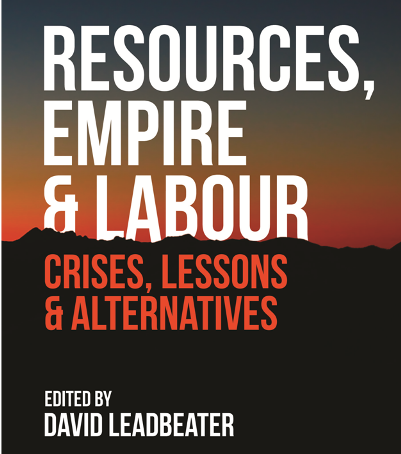A new report says Saskatchewan’s potash royalty structure needs to be overhauled because it is too complex and “alarmingly inefficient.”
Jack Mintz, a professor at the University of Calgary, says the royalty program is the most complicated in the world. “Hardly anyone understands the Saskatchewan system,” said Mintz, who is the director of the university’s School of Public Policy.
His report released Wednesday says that while Saskatchewan produces almost one-third of the world’s potash, its tax on the resource isn’t competitive on an international level. “What you really want is something that’s stable,” said Mintz, who added that there are wide fluctuations in the current approach.
The royalties collected by governments from resource companies help fill provincial coffers. Saskatchewan’s system includes a production-based levy, revenue-based levies, profit-based taxes and other taxes on capital investment.
“Saskatchewan is competitive as long as there is a lot of investment that is undertaken by firms,” Mintz said. “But it’s not very competitive — in fact it actually has the highest effective tax rate on investments compared to any other country that we look at — when companies aren’t investing as much as the 2002 period.”
























